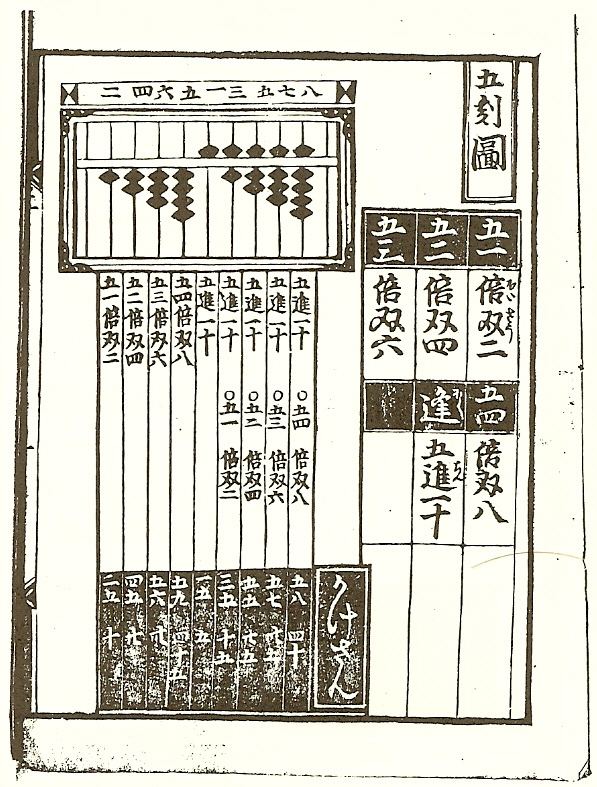 | ||
Japanese mathematics (和算, wasan) denotes a distinct kind of mathematics which was developed in Japan during the Edo Period (1603–1867). The term wasan, from wa ("Japanese") and san ("calculation"), was coined in the 1870s and employed to distinguish native Japanese mathematics theory from Western mathematics (洋算 yōsan).
Contents
In the history of mathematics, the development of wasan falls outside the Western realms of people, propositions and alternate solutions. At the beginning of the Meiji era (1868–1912), Japan and its people opened themselves to the West. Japanese scholars adopted Western mathematics, and this led to a decline of interest in the ideas used in wasan.
History
This mathematical schema evolved during a period when Japan's people were isolated from European influences. Kambei Mori is the first Japanese mathematician noted in history. Kambei is known as a teacher of Japanese mathematics; and among his most prominent students were Yoshida Shichibei Kōyū, Imamura Chishō, and Takahara Kisshu. These students came to be known to their contemporaries as "the Three Arithmeticians."
Yoshida was the author of the oldest extant Japanese mathematical text. The 1627 work was named Jinkōki. The work dealt with the subject of soroban arithmetic, including square and cube root operations.
Seki Takakazu founded enri(円理:circle principles), a mathematical system with the same purpose as calculus at a similar time to calculus's development in Europe; but Seki's investigations did not proceed from conventionally shared foundations.
Select mathematicians
The following list encompasses mathematicians whose work was derived from wasan.
